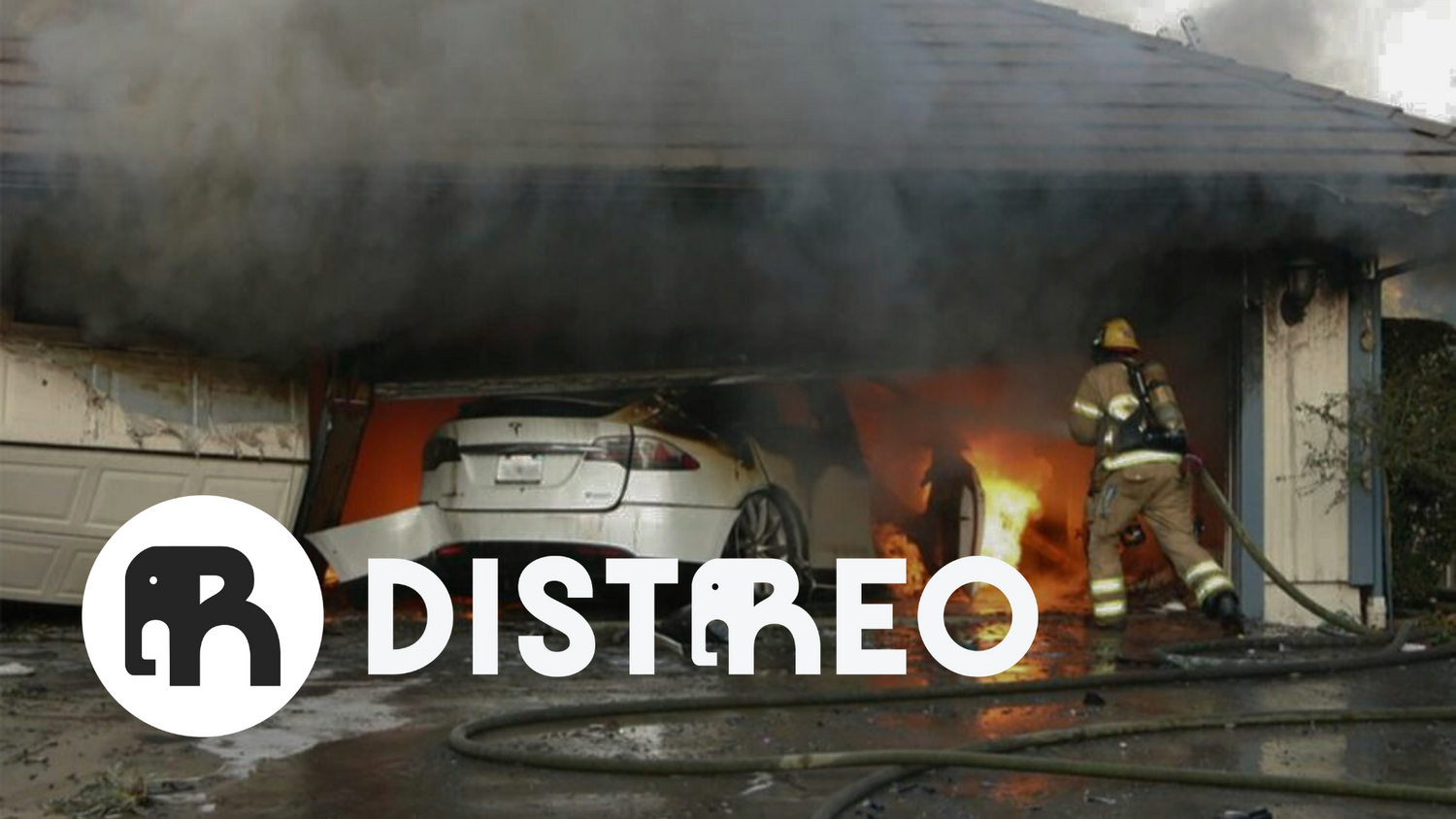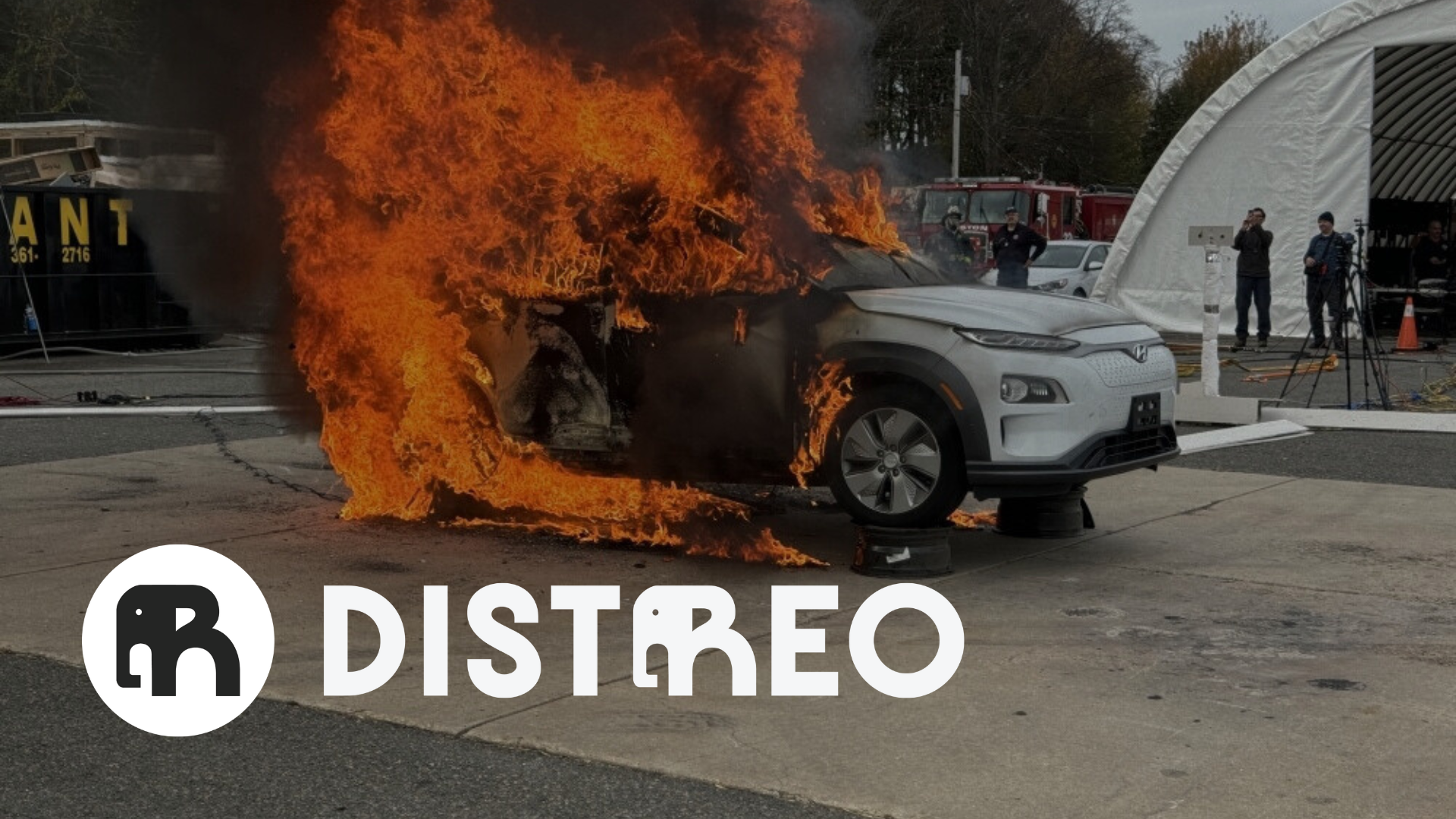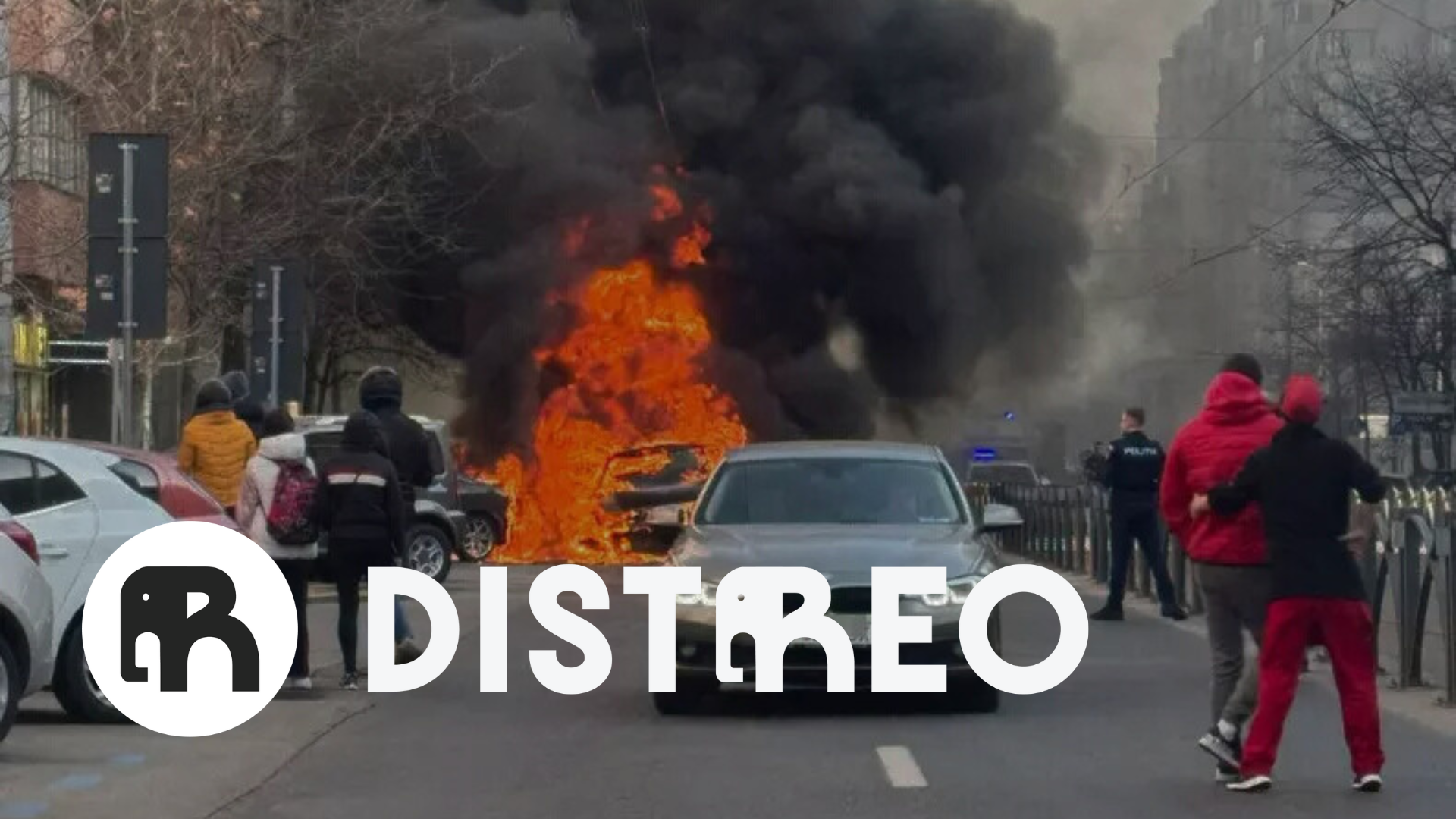As the world braces for increasing intensity and frequency of major weather events, insurers must consider the considerable implications of the increasing number of lithium-ion batteries in homes across the country.
Lithium batteries, which are used in a variety of products from electric and hybrid vehicles to electric bicycles and energy storage systems, have been the source of a series of fires that have made headlines in recent years. These fires are particularly dangerous because of a phenomenon known as thermal runaway, a rapid and uncontrolled increase in temperature that makes these fires extremely difficult to extinguish. Adding to the danger are the toxic gases emitted by these fires.
Despite this, the use of lithium-ion batteries is expected to grow, with McKinsey predicting that demand for them will grow by 30% annually by 2030. As more and more lithium batteries make their way into commercial and residential properties, these installations become even more vulnerable.
Insuring electric vehicles already costs between 18% and 30% more than insuring traditional, fuel-powered vehicles. This is because electric vehicles, their parts, repairs and claims are generally more expensive. In areas prone to natural disasters, the damage that damaged batteries can cause could further increase the risks and associated costs for both insurers and property owners.
Florida Fire Marshal Jimmy Patronis said there were 48 lithium battery fires linked to the storm surge caused by Hurricane Helene in September. Local officials have warned electric vehicle owners to move their cars to higher ground because corrosive saltwater can short-circuit and ignite submerged lithium batteries, but heeding those warnings may be easier said than done. Instead, what was expected to be a case of flood damage can turn into an explosion that collapses a building.
Both flooding and fire can cause these batteries to ignite or explode. As devastating wildfires raged across California, firefighters noticed that lithium batteries burned much longer and were significantly harder to put out than typical fires involving wood, paper, or other combustible materials.
Not only do these lithium batteries fuel the flames and hinder cleanup and restoration efforts, but these fires also have significant environmental consequences due to the presence of heavy metals such as lithium and cobalt, which can emit toxic fumes or leak into the environment.
Adding to the danger is the fact that these batteries can reignite days, weeks, or even months after the initial fire. Once fires are extinguished, lithium batteries require specialized removal.
Both insurers and policyholders should be aware of this additional liability and review their policies with this in mind. The presence of lithium batteries can turn an event that damages a home or building into one that destroys it. Traditional risk models for insurance coverage may not fully capture the risks posed by lithium batteries in disaster-prone areas. Insurance providers may consider requiring stricter safety standards and proof of compliance (UL listed batteries only) for ownership and use. This will discourage consumers from turning to manufacturers of problematic products outside the marketplace.
The presence of lithium batteries, whether in vehicles or energy storage units, can also affect home insurance costs, as EV owners may need to take extra steps to protect their homes from the elements, to prevent the batteries from igniting and the home from being destroyed by flooding. Moving EVs to higher ground during hurricanes, as Florida officials have recommended, will not always be a feasible solution.
These are still relatively new products, and insurers, firefighters, and ordinary citizens alike are still learning how to deal with them. These fires are resistant to many of the old firefighting methods that first responders typically use, especially since they cannot be extinguished with water. New products, including specialized blankets ( Bridgehill Fire Blanket ) and the chemical AVD ( LITH-EX ), can extinguish these fires, but fire departments and municipalities are still in the process of meeting the need to have these materials on hand. Most homeowners and consumers are unaware of and do not own the products that can extinguish such fires.
As these devices become more common, it is essential that the public learn how to properly care for them and that insurers continue to develop their policies in a changing world.
Increasingly frequent natural disasters, combined with the emergence of new technologies, present unique challenges, and both insurers and policyholders must be prepared to adapt.




Write a comment
Comments are verified before being published.
This site is protected by hCaptcha and the hCaptcha Privacy Policy and Terms of Service apply.